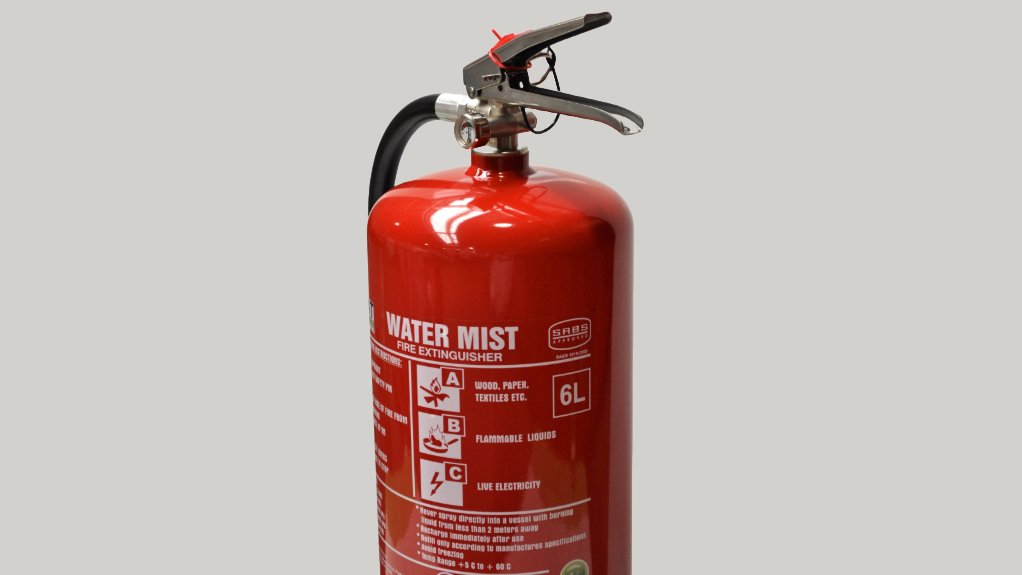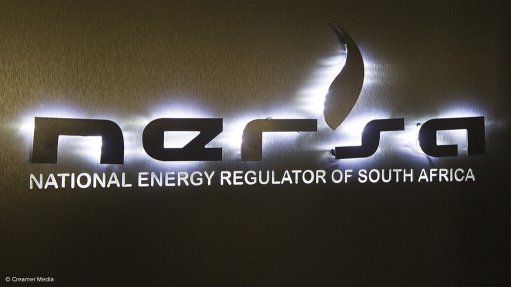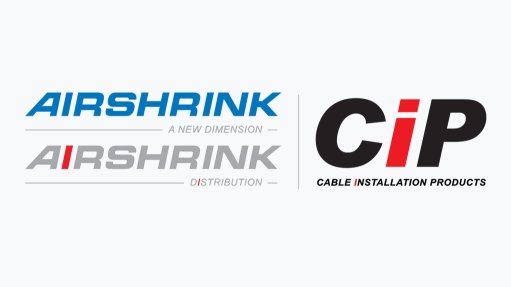Rational design is not just a tick-box exercise
This article has been supplied.
Rational design is about achieving performance-driven fire safety measures through sound engineering principles. “Rational design is not just a tick-box exercise. It involves a deep understanding of fire risks and behaviour, which allows for developing customised fire protection strategies,” comments Michael van Niekerk, CEO of ASP Fire.
Ensuring safety in the face of increasingly complex building designs and rising standards requires more than mere adherence to standard codes; it necessitates a rational design approach. This performance-based method goes beyond compliance, actively seeking out tailored, effective solutions for fire safety that are critical in protecting both lives and property.
The South African National Building Regulations (SANS 10400) play a pivotal role in guiding fire safety design. The latest update, the fifth edition of SANS 10400 Part T, introduced in February, emphasises a comprehensive approach to fire protection.
This part of the standard specifically addresses fire-related safety, covering key elements such as safety distances, occupancy types, fire resistance of structural components, escape routes, and more. By consulting this standard, designers and engineers can follow a ‘deemed-to-satisfy’ route, ensuring compliance with the country’s National Building Regulations. However, compliance alone is not enough for the complexities of modern fire safety.
Rather than simply meeting minimum requirements, rational design enables flexibility and adaptability to address the specific fire hazards a structure may face. Importantly, rational design is applied by registered professionals, ensuring that the approach taken is not only thorough but also incorporates industry best practices.
One of the standout features of rational design is its emphasis on risk assessment. This process evaluates potential fire risks based on the building’s use, layout, and materials. For example, a shopping mall will have different fire hazards compared to an industrial facility such as a fuel depot. Recognising these nuances is key to an effective rational design, which must cater to the specific requirements of each setting.
“From shopping centres to high-risk industrial sites, a proper rational design cannot be achieved by simply following code requirements. It starts with a comprehensive risk assessment,” explains van Niekerk.
Rational design is especially crucial when refurbishments or extensions are added to an existing structure. For instance, installing solar panels on the roof of a shopping centre introduces new variables that could impact fire safety. In such cases, a fresh fire safety assessment is essential to evaluate any new risks introduced by the changes.
“Fortunately, many companies recognise their lack of expertise in fire safety and consult professionals like ASP Fire to ensure compliance,” adds van Niekerk. This proactive approach is critical, as even minor changes in a building’s layout or components can significantly impact fire safety.
By involving fire safety experts from the earliest planning stages, property owners and developers can ensure that fire protection systems are designed and installed with a strategic, informed approach. The goal of rational design is to create safety solutions that are both flexible and reliable, maintaining the required level of protection while considering alternative methods when suitable.
As building regulations evolve and structures become more complex, the need for rational design will only increase. This approach not only aligns with legal requirements but also embodies a commitment to the highest standard of fire protection. Through rational design, lives, property, and investments are better safeguarded, reinforcing the importance of expertise and customisation in modern fire safety.
Article Enquiry
Email Article
Save Article
Feedback
To advertise email advertising@creamermedia.co.za or click here
Comments
Press Office
Announcements
What's On
Subscribe to improve your user experience...
Option 1 (equivalent of R125 a month):
Receive a weekly copy of Creamer Media's Engineering News & Mining Weekly magazine
(print copy for those in South Africa and e-magazine for those outside of South Africa)
Receive daily email newsletters
Access to full search results
Access archive of magazine back copies
Access to Projects in Progress
Access to ONE Research Report of your choice in PDF format
Option 2 (equivalent of R375 a month):
All benefits from Option 1
PLUS
Access to Creamer Media's Research Channel Africa for ALL Research Reports, in PDF format, on various industrial and mining sectors
including Electricity; Water; Energy Transition; Hydrogen; Roads, Rail and Ports; Coal; Gold; Platinum; Battery Metals; etc.
Already a subscriber?
Forgotten your password?
Receive weekly copy of Creamer Media's Engineering News & Mining Weekly magazine (print copy for those in South Africa and e-magazine for those outside of South Africa)
➕
Recieve daily email newsletters
➕
Access to full search results
➕
Access archive of magazine back copies
➕
Access to Projects in Progress
➕
Access to ONE Research Report of your choice in PDF format
RESEARCH CHANNEL AFRICA
R4500 (equivalent of R375 a month)
SUBSCRIBEAll benefits from Option 1
➕
Access to Creamer Media's Research Channel Africa for ALL Research Reports on various industrial and mining sectors, in PDF format, including on:
Electricity
➕
Water
➕
Energy Transition
➕
Hydrogen
➕
Roads, Rail and Ports
➕
Coal
➕
Gold
➕
Platinum
➕
Battery Metals
➕
etc.
Receive all benefits from Option 1 or Option 2 delivered to numerous people at your company
➕
Multiple User names and Passwords for simultaneous log-ins
➕
Intranet integration access to all in your organisation























